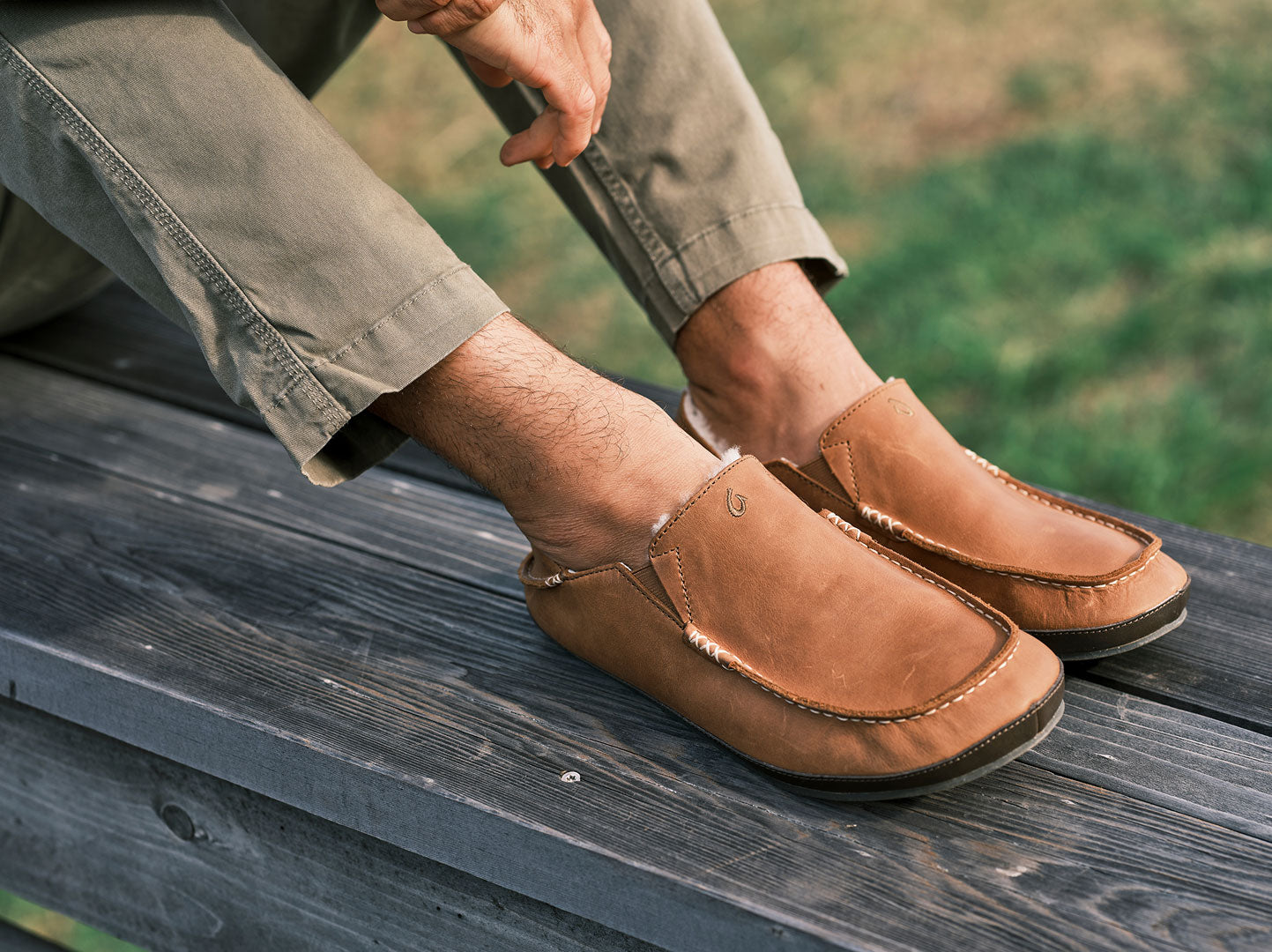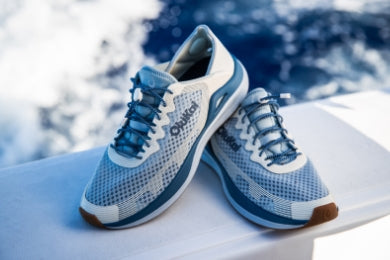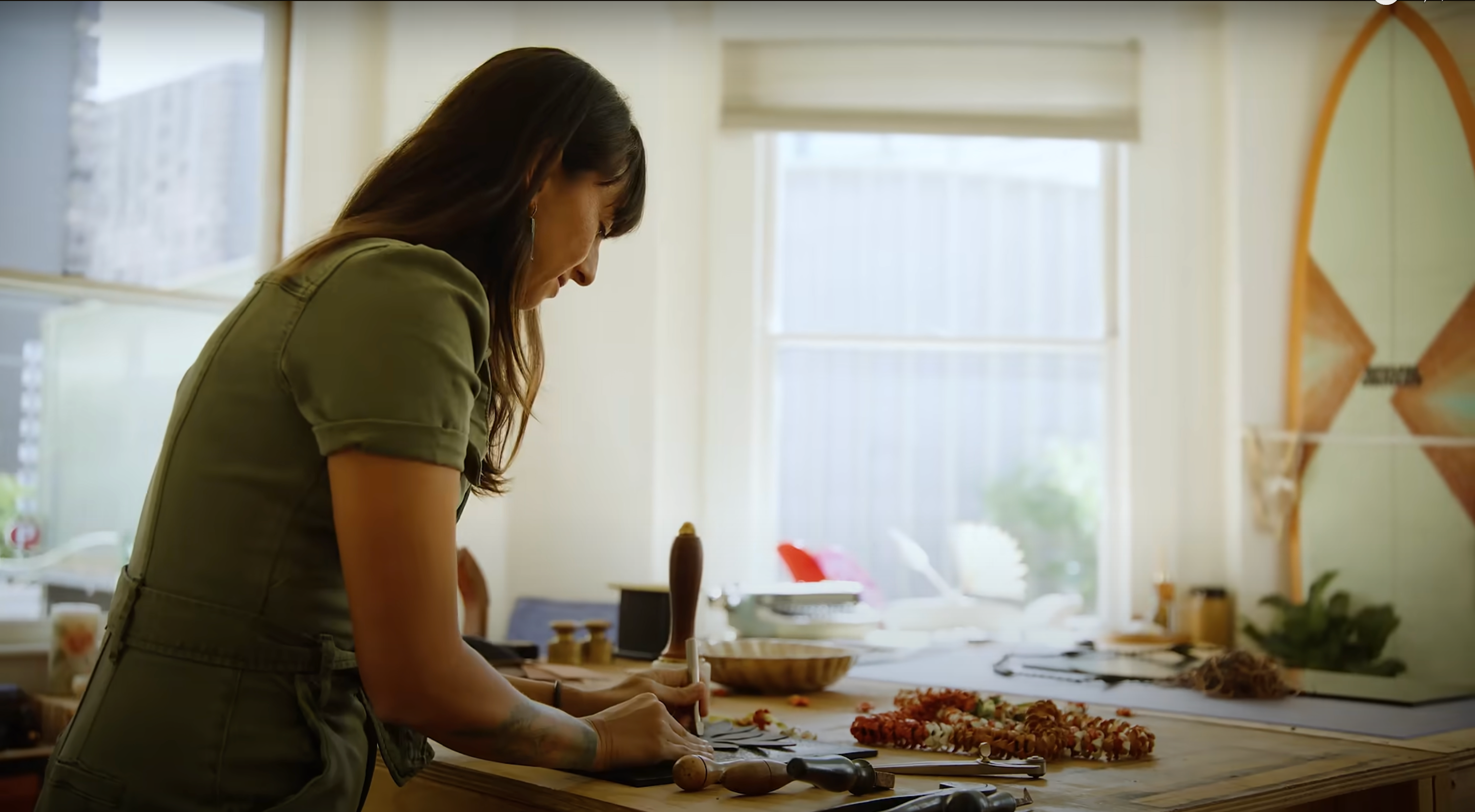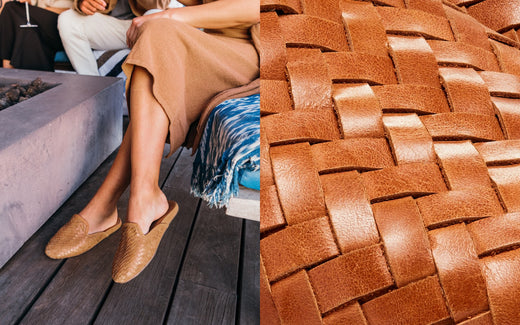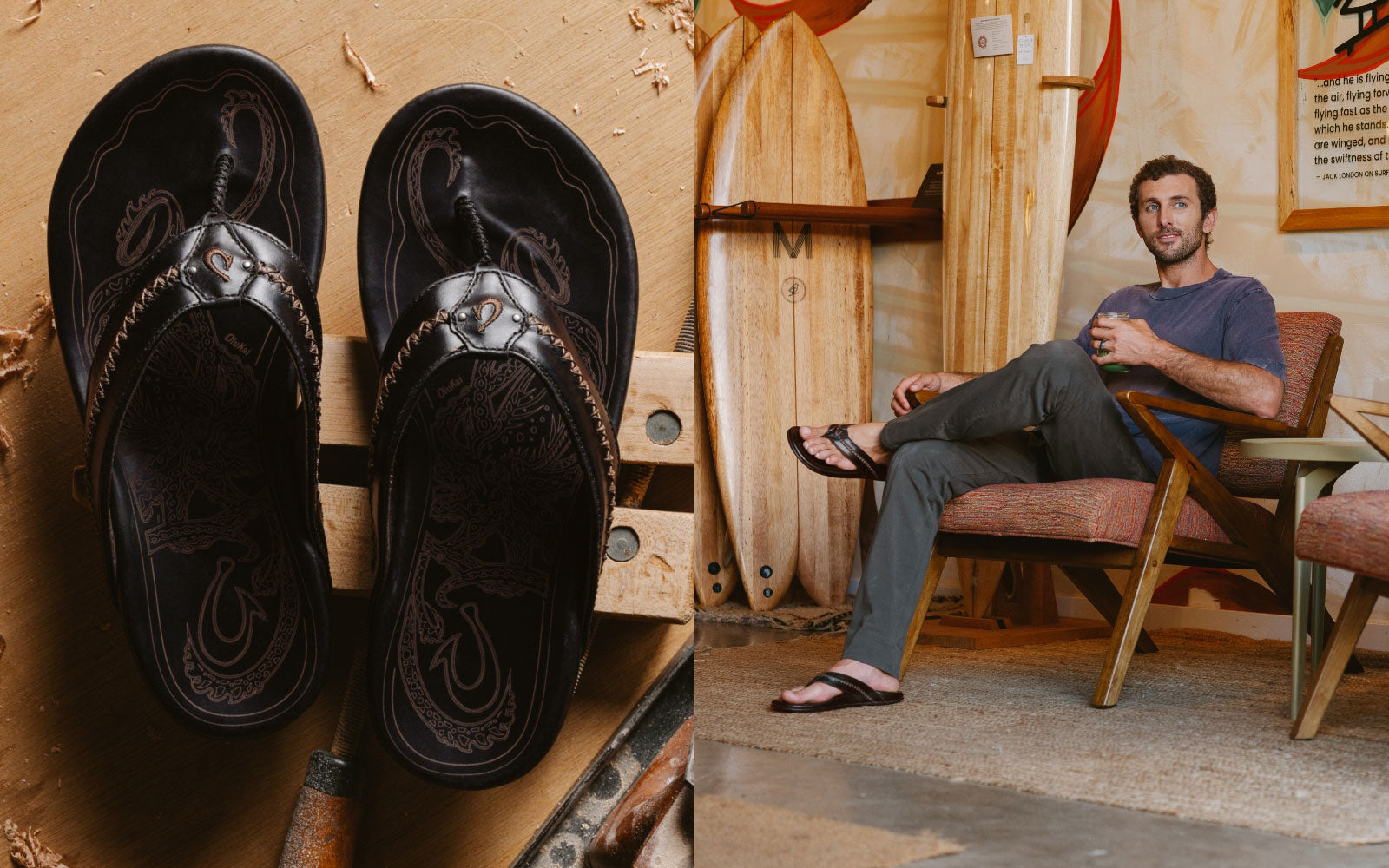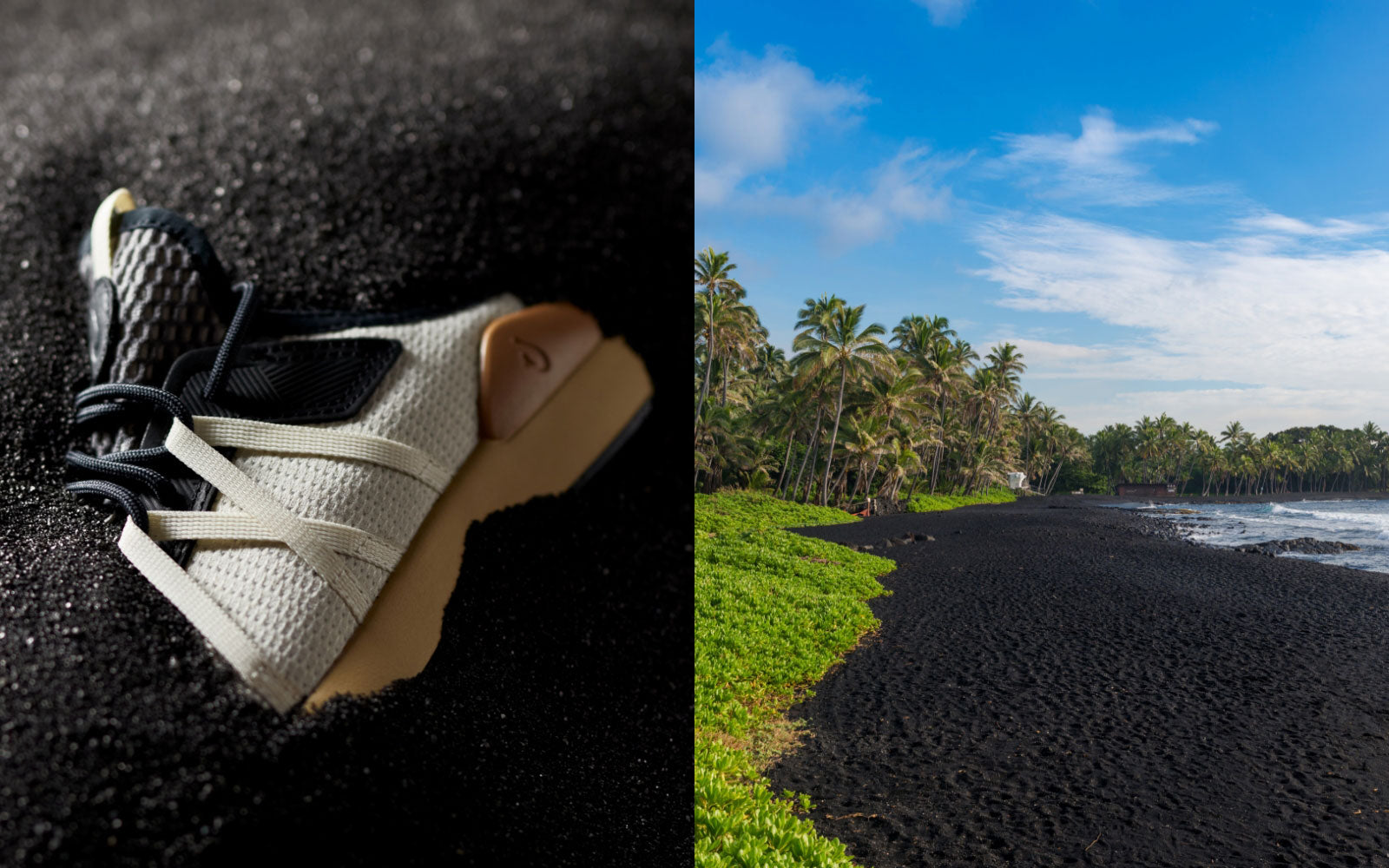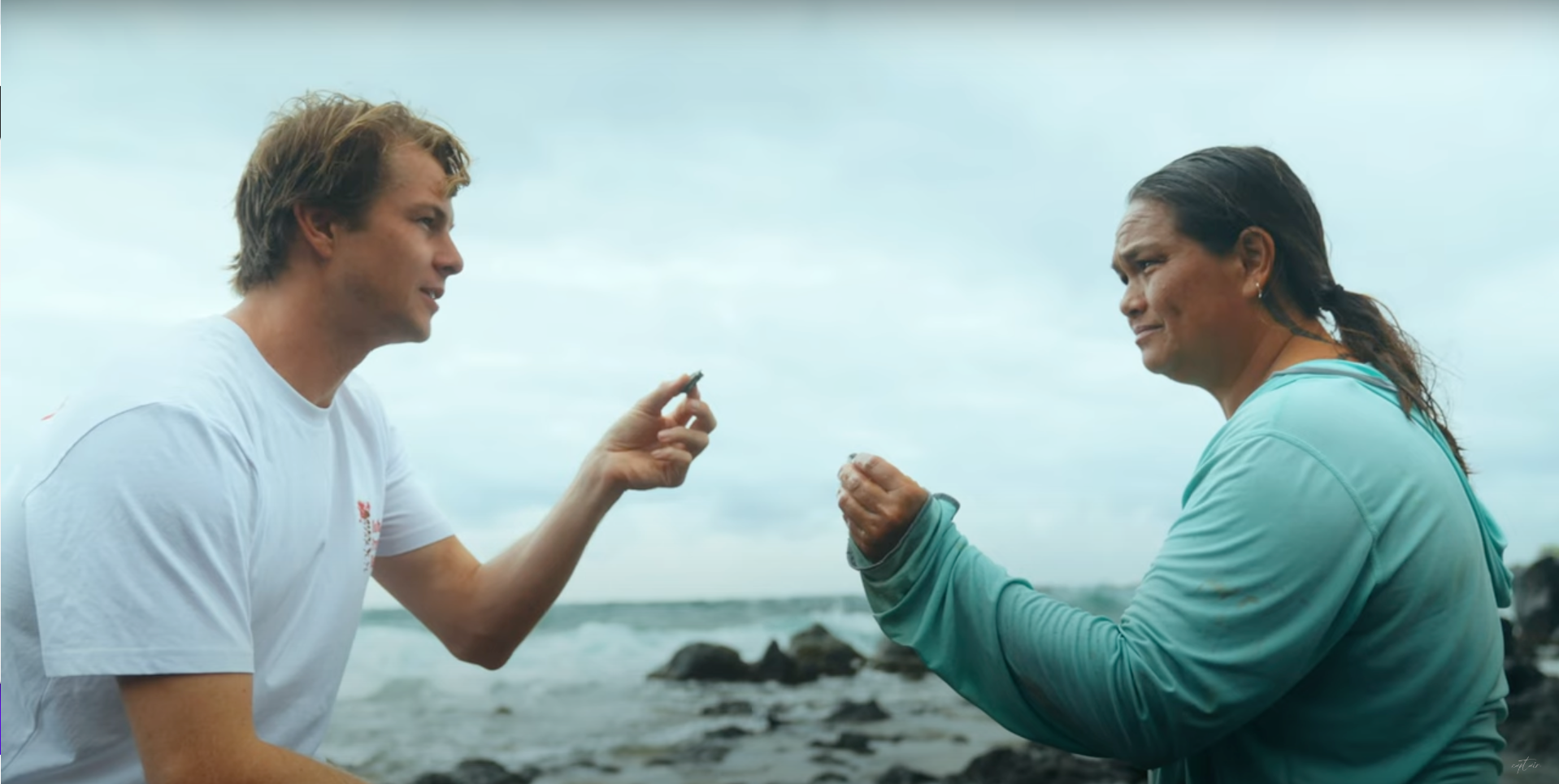In 1927, poet Don Blanding wanted to create a holiday around the local custom of lei making and gifting and proposed May Day in the Honolulu Star Bulletin newspaper. Blandingʻs co-worker coined the phrase “May Day is Lei Day,” and the newspaper helped promote the new holiday to the masses. Two years later, Lei Day was declared an official holiday in the Territory of Hawai‘i.
In Hawai‘i, on May 1st, the sweet fragrance of flowers permeates the air on what locals lovingly know as May Day or Lei Day. This day celebrates the Hawaiian flower garland, and itʻs common practice to give a lei to a friend, loved one, or colleague. For the kids, there are May Day assemblies in schools with hula performances and a May Day Court with a keikikane (boy) and a kaikamahine (girl) representing each Hawaiian Island. For the adults, itʻs common practice to give a lei to a family member or friend, and wear this lei to work no matter the profession or setting.
Today, the State of Hawai‘i celebrates Lei Day with concerts, festivals, and events, as well as the gifting and receiving of lei.
Here are 5 things you need to know if youʻre giving a lei or getting one.
1) Handle With Care
There are specific ways to handle certain types of lei, and you should ask the lei maker which is best. For example, a Puakenikeni lei should never be refrigerated and should be hung from a hook in a bag filled with air to prevent it from being bruised. In contrast, a Maile lei can be preserved in the refrigerator in or outside a bag. Itʻs best to ask the lei maker how to keep your flower garland fresh and fragrant.
2) Giving A Lei (Pre-and Mid-Pandemic)
When giving a lei, itʻs common to put the lei onto the person and—in specific circumstances—give them a light kiss on the cheek. However, to respect social distancing protocol, it is best to gift the lei in the container or bag it was purchased in.
3) Getting A Lei
Hawaiians believe that when you receive a lei, you should care for it like a baby. Be gentle, handle with aloha (care, love), and cherish this sweet-smelling gift.
4) Pregnancy
The Hawaiian word “hāpai” literally means “to carry.” The term is used to describe pregnancy. If a wahine is hāpai, then she should never wear a closed-looped lei because it is believed that it could harm the baby in the womb. Rather, give a pregnant woman an open-ended lei to wear.
5) Lei Po‘o vs. Haku Lei
These terms are interchangeable and describe a lei that is worn on the head. In Hawaiian, “po‘o” means “head,” so a lei po‘o is a “head lei.” A haku lei is a lei made in the traditional style without any thread. There are three different techniques of weaving within the term “haku lei.” No matter which type of lei you are describing, they are not the “flower crowns” that you might find at a music festival like Coachella.
